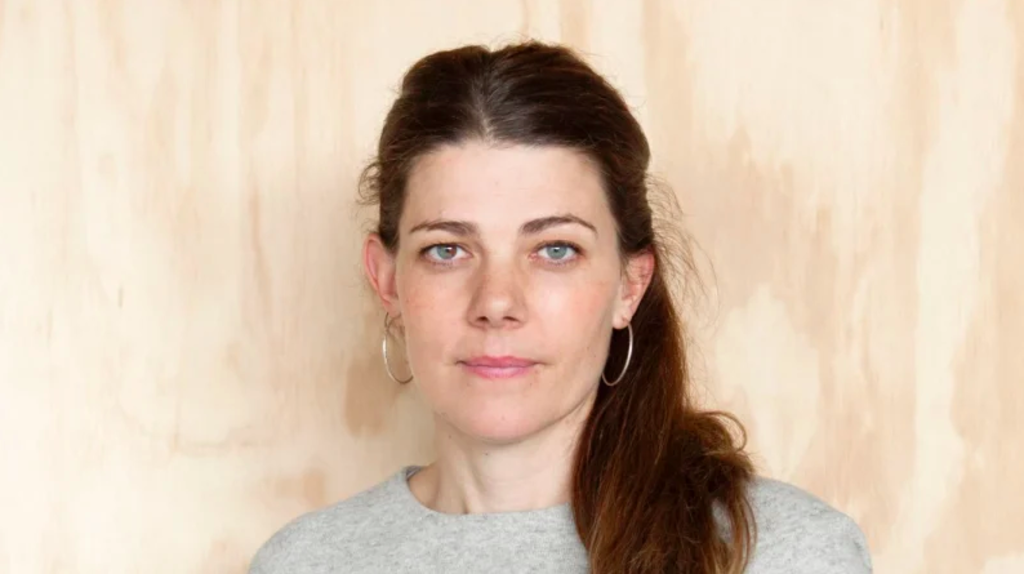
Time to 'get out': Architects pay hit by slump
The slump in residential construction activity and consumer confidence about buying off the plan has weakened pay conditions in the property industry, with architects the first to feel the pain, according to the latest Avdiev Property Remuneration Report.
“Too many architects and graduates and too few projects,” said Avdiev Group founder Rita Avdiev, who trained as an architect.
“My advice is to get out of the industry, unless you have a real passion to be an architect.”
While talented younger professionals can still secure above-inflation pay increases, some as high as 15 per cent, design and building consultants – the leading indicators for the property market due to their early appointment to projects – reported a downturn in business conditions, the report found.
“Architects are the lowest-paid professionals in the [real estate] business,” Ms Avdiev said.
Her report labelled the architecture sector as a “highly competitive market due to severe cost-cutting by rivals, scope creep [where architects are forced to take on more work without extra pay] and late payments by clients.”
Ms Avdiev said one respondent to the survey, an architecture firm, reported that in the space of six months,it had to halve fees to win projects.
Exacerbated by the building defects and cladding crisis, Ms Avdiev said, the slump affecting architects was expected to flow on to other sectors over time.
Overall property market sentiment weakened since the last survey in October 2018 with almost double the proportion (27 per cent versus 14 per cent) of respondents saying they were worse off than 12 months ago. Only 10 per cent said they were doing better, compared with 36 per cent in October 2018.
The contraction in residential construction activity was highlighted in the minutes of the Reserve Bank’s October 1 monetary policy meeting published on Tuesday.
It noted that this contraction was expected to “continue for some time” with higher-density approvals falling in July to their lowest level in seven years, detached approvals also falling and non-residential construction outside the mining sector also declining.
Clare Cousins, immediate past president of the Australian Institute of Architects, said firms getting work from booming sectors like infrastructure and education were doing better then those focused on the big multi-residential projects, where the market has softened and consumer confidence has weakened in the wake of the cladding and defects crisis.
“Some of these large practices [focused on residential] can have 80 staff,” Ms Cousins said.
She also pointed the finger at a more longer-running and now entrenched trend – the emergence of design and construction procurement contracts where architects essentially work for builders, rather than their clients – for crunching fees.
“It’s fairly common for late payment to architects from the head building contractor,” she said.
Rodney Paesler, managing director at architecture and design firm Scott Carver, said the market was “always tough” and in a “volatile state” as big projects came and went.
“It’s a competitive industry. There are a lot of international firms in the market so it’s an enormous talent pool,” he said.
Mr Paesler said his firm was not hiring new staff at the moment.











